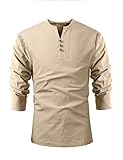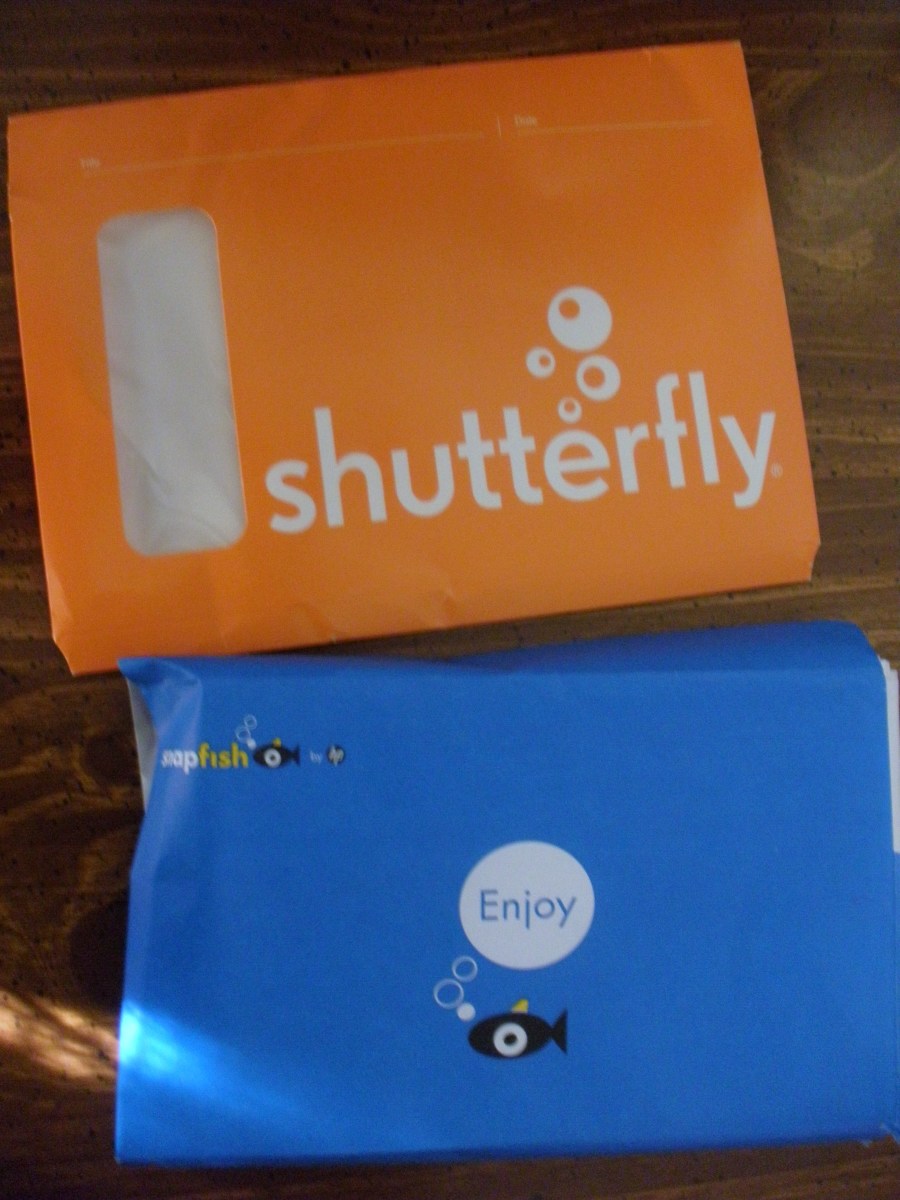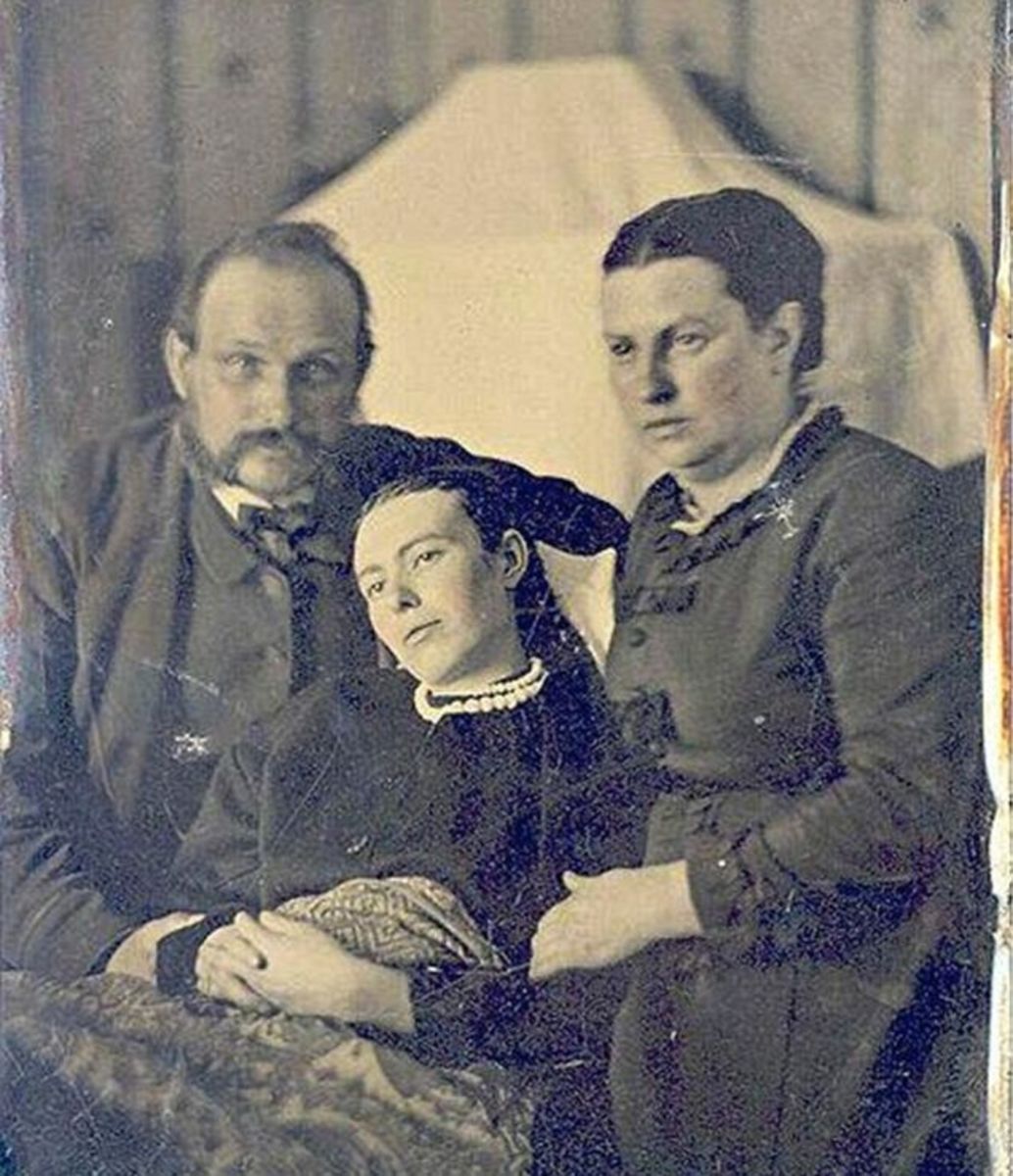Photographing Medieval Theme Events
Plain backdrops are good for in studio shots
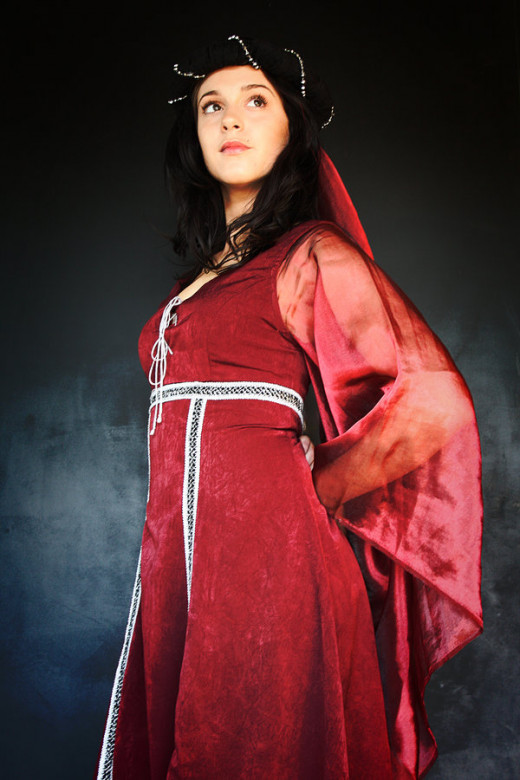
Clothing in the middle ages
"The majority of women’s fashion during the medieval period come from the mid-fourteenth century onwards. Around the year 1340 there was a change in women’s clothing, to lighter-fitting garments, lower necklines, and more curvaceous silhouettes; “tight lacing was used on women's clothes to create a form fitting shape which, girdled at the hips, created a long-waisted appearance”.[1] Clothing was over-lapped and tightly bound; “The female chest was frequently exposed, yet the true structure of the female body was visually distorted…”.[2] The corset became a staple in a woman’s wardrobe, and the open surcoat, a garment with an open bodice and a skirt that trailed to the ground, became “one of the most elegant inventions of the Middle Ages…”.[3] In fact, by the end of the 14th century, the gownhad replaced all garment items aside from the surcoat.
The basic garments for women consisted of the smock, hose, kirtle, gown, surcoat, girdle, cape, hood, and bonnet.[4] Each piece had designated colours and fabrics, for example “Materials used in the middle ages were woolen cloth, fur, linen, cambric, silk, and the cloth of silver or gold…the richer Middle Age women would wear more expensive materials such as silk, or linen”.[5] The development of the skirt was significant for women’s medieval clothing, “The more fashionable would wear very large or wide skirts”.[5] The petticoat made way for the skirt, which quickly became a popular garment because it “wraps rather than enclosing, touches without grasping, brushes without clasping, coasts, caresses, skims, strokes”.Wikipedia
The outdoors work really well when the budget is modest
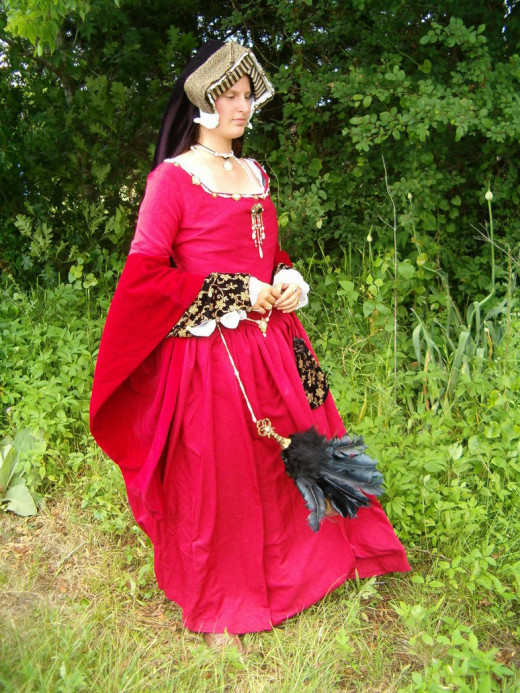
A photographic medieval event theme
There are many themes to photograph an event, but a seldom used one is using a medieval theme. Yes it is a costume party of sorts but consider this for a moment; most brides really not only want to have a joyous moment when they marry but they really want their wedding to stand out.
The same can be said for most any event when the hosts want their occasion to be talked about. Also consider that the vast majority of portraits done by any photographer at the studio really have one thing in common; they most always feature the models dressed in nice attire and not much else changes except for the occasional digital backdrop.
I have been doing some portraits and some weddings lately where the hosts have asked for something different. I came across a friend of mine that was an excellent tailor and she suggested to offer weddings, portraits and other events to be done with a medieval tone to them.
In a way this is a practice which is growing exponentially in many parts of the world called Medievalism;
"In the second half of the 20th century interest in the medieval was increasingly expressed through form of re-enactment, including combat reenactment, re-creating historical conflict, armour, arms and skill, as well as living history which re-creates the social and cultural life of the past, in areas such as clothing, food and crafts. The movement has led to the creation of medieval markets and Renaissance fairs, from the late 1980s, particularly in Germany and the United States of America" Wikipedia
When I suggested this to some clients they largely accepted it and quite honestly, were very excited by the prospects. Think about it, to do a dress from scratch can run you about $200 or even less if you only rent it or you get them in bulk.
This may not seem like too much money but the dresses are for a one time use only (in most cases) and they do not need to be made of expensive fabric for the same reason either.
With about a yard of cloth going for about $5 to $10 dollars about four to six yards is often enough so the expensive part is finding someone to bring it all together and most seamstress can be very reasonable with their fees.
My friend charged about $235.00 per dress/costume and most clients were satisfied with the work and comfortable with the price.
Keep in mind that this did not include other extra accessories like head bands, arm bands, crowns, belts, shoes, swords and so on and the clients were more than happy to get those on their own.
The best styles are those that are solid colors with reds, dark blues and dark greens working best. There were not that many choices in color back then nor were there many choices in cloth with the vast majority being made of cotton. You should aim to be as realistic as possible and sheer, glossy or patterned styles will detract from the overall theme and seem out of place.
So far as the accessories go, many good ones made from plastic will suffice and they should be gold or silver color. For swords and similar props metal is the choice as plastic has not gotten close to looking realists yet.
Think this may be fun to try?
Some shots may benefit from a digital backdrop
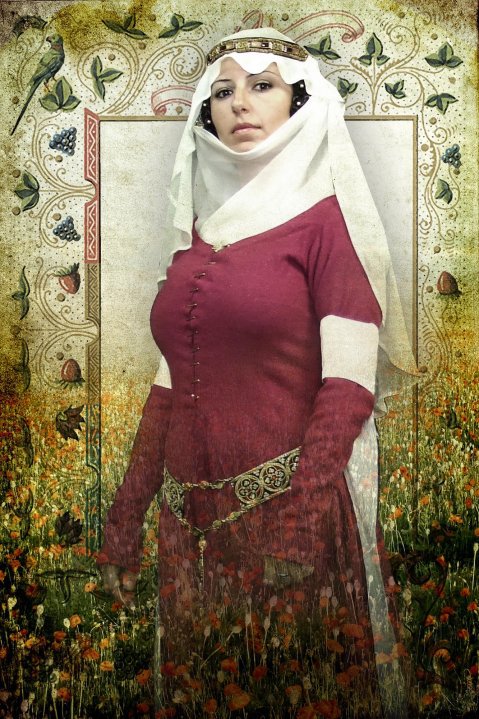
Medieval clothing ideas
Backdrops and other details to be aware of
Once the costumes are in hand then to make the effect that much more "realistic" it is best to use backdrops that can blend in and seem as if they belong.
Ruins, gardens, farmsteads, large wooden structures, ocean side, open green areas, forests and generally many outdoor venues work best.
If you can find a location similar to Vizcaya, which is a villa made to resemble an old Italian one like from the middle ages then even better.
You should avoid using backgrounds that feature modern items like electrical cables, power lines, vehicles and so on. A simple solution is to rent or make a long wooden and very rustic table and set it outdoor.
Complete the set by adding some old style candelabras, perhaps a wood pit and tin looking plates, cups and silver ware. You can go the extra mile a feature and entire roasted pig in the center of the table for more effect.
Just be careful with your backgrounds even if they are some distance away. If you cannot eliminate modern elements form entering the plane of view then get close to the model and use a wide aperture as this will render all elements behind the model as out of focus highlights which will be hardly distinguishable.
All in all this is better suited for events like weddings unless you want to do some recreations of old styles.
This does not mean that if the clients want to do the event in a rented hall that everything will come out wrong. Again focus close to the models, crop in thigh, and use a wide aperture.
If you have a hand in designing the set up then rely mostly on having plenty of candles as the main illumination sources and some regular light bulbs but these should be used to add some illumination to key parts and not be seen by the naked eye.
You will have to also rely on a fast lens, a high ISO and keep in mind that many shots will show a slight "yellowish" cast but this adds "flavor" to the general setting and helps with setting the mood. Everything depends on how realistic you and the clients want the photos to appear.
Medieval clothing styles fun video
More ideas
- medieval party ideas on Pinterest | 120 Pins
Pins about medieval party ideas hand-picked by Pinner Leslie Floyd | See more about kingdom rocks, medieval party and coat of arms.
Accessories add the final touches
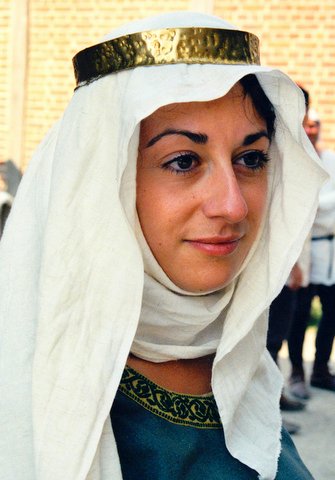
© 2014 Luis E Gonzalez

